Poor Pothos Leaf Growth: Reasons For Stunted Leaves On Pothos
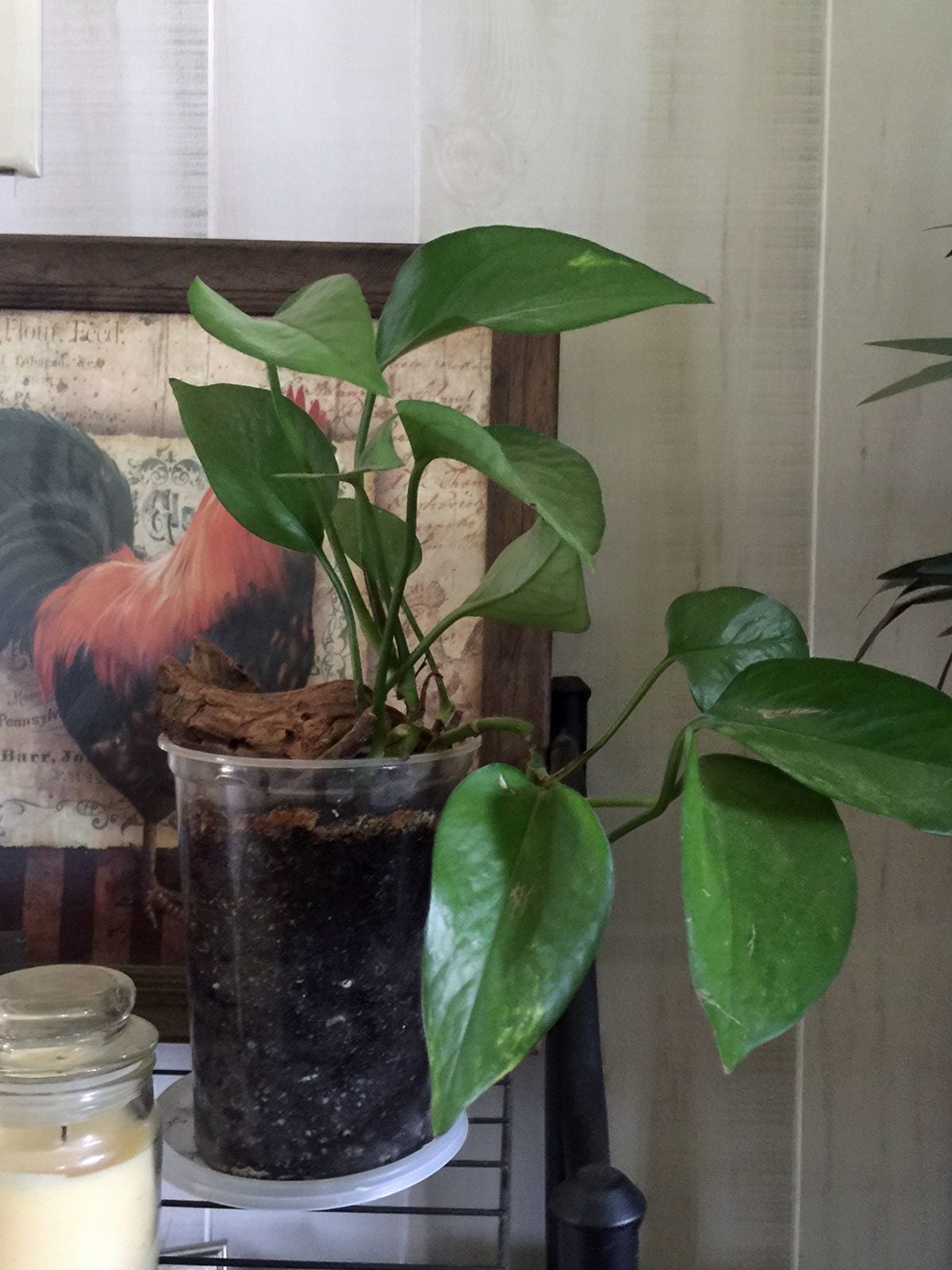

Office workers and others who want a plant in low and artificial light situations can't do better than to purchase a Pothos plant. These tropical plants are native to the Solomon Islands and part of the understory forest. Also called Devil's Ivy, problems with Pothos plants are rare but occasionally include distorted leaf growth. Stunted leaves on Pothos may be related to nutrient deficiencies, low light, or insect infestations. It is important to investigate all possible situations to correct the problem and get this easy-to-grow plant back to health.
Pothos Leaf Growth
The Pothos plant is a notoriously hardy specimen that can thrive even when neglected. Like all plants, however, it requires regular water, sun or artificial light, proper nutrition, and air circulation. Stunted Pothos plants can be suffering from a host of issues, both cultural or pest derived. The most common causes are fairly easy to fix and even a novice gardener can save the plant. Pothos plants have heart-shaped, glossy green or variegated, waxy leaves. Young Pothos leaf growth is slightly different than mature leaves. These juvenile leaves are smooth and several inches (8 cm.) long. Mature leaves can get up to 3 feet (91 cm.) in length and develop into oval or heart shapes, often with holes at the midrib. Most indoor plants do not achieve leaves of that size, but leaves still develop similarly. Foliar problems with Pothos plants are indicated by stunted leaf growth, poor color, and are often wilted. Overall health may be affected and the plant will fail to produce new growth. Adequate light and fertilizer will usually enhance foliar production.
Pothos Problems with Water
Too little water is a common cause of stunted Pothos plants. These tropical plants require filtered light, high humidity, and grow best in temperatures of 70 to 90 degrees F. (21-32 C.). All plant growth is diminished in temperatures above or below those listed. Let plants dry out only in the top 2 inches (5 cm.) of soil before irrigating. If the plant dries out to the roots, growth will retard and the overall health of the plant will suffer, which can trigger disease and pest outbreaks. Excess watering is also common in the list of Pothos problems but does not cause stunting. Instead, you are more likely to end up with root rot. It is important to water heavily and allow water to leach through the soil to prevent buildup of fertilizer, which can diminish plant health. Fertilize only during the growing season and just every other month with a diluted formula.
Insects and Stunted Leaves on Pothos
You might not consider insect pests a culprit, but their feeding activity can cause malformed leaves and leaf drop. Mealybugs and scale are the most common insect Pothos problems. Mealybugs look like small balls of cotton while scale are dark colored bumps on stems and leaves. Their feeding activity reduces plant sap and redirects nutrients from leaves. In high infestations, the leaves will become distorted and stunted. Use a cotton swab dipped in alcohol to kill the pests. This may seem tedious but if you check the plant weekly, you will likely only find a couple of the insects, making the plant easier to treat. In high infestations, take the plant outdoors or to the bathtub and rinse off the mealybugs. Use a horticultural oil spray to completely kill all the invaders.
Gardening tips, videos, info and more delivered right to your inbox!
Sign up for the Gardening Know How newsletter today and receive a free copy of our e-book "How to Grow Delicious Tomatoes".

Bonnie Grant is a professional landscaper with a Certification in Urban Gardening. She has been gardening and writing for 15 years. A former professional chef, she has a passion for edible landscaping.
-
 Looking For Plants To Give You The Soft And Fuzzies? Try These 5 Fuzzy Leaf Plant Options
Looking For Plants To Give You The Soft And Fuzzies? Try These 5 Fuzzy Leaf Plant OptionsLovers of texture, drama, silver foliage and tactile plants will adore these special sensory garden additions. These fuzzy leaf plant options will leave you all aglow
By Susan Albert
-
 Get Ready For A Summer Of Hummers! Grow These Full Sun Hummingbird Plants and Flowers
Get Ready For A Summer Of Hummers! Grow These Full Sun Hummingbird Plants and FlowersIf you’re lucky enough to enjoy a sunny backyard, make sure you are maxing out on your pollinator opportunities and grow these full sun hummingbird plants and flowers
By Tonya Barnett
-
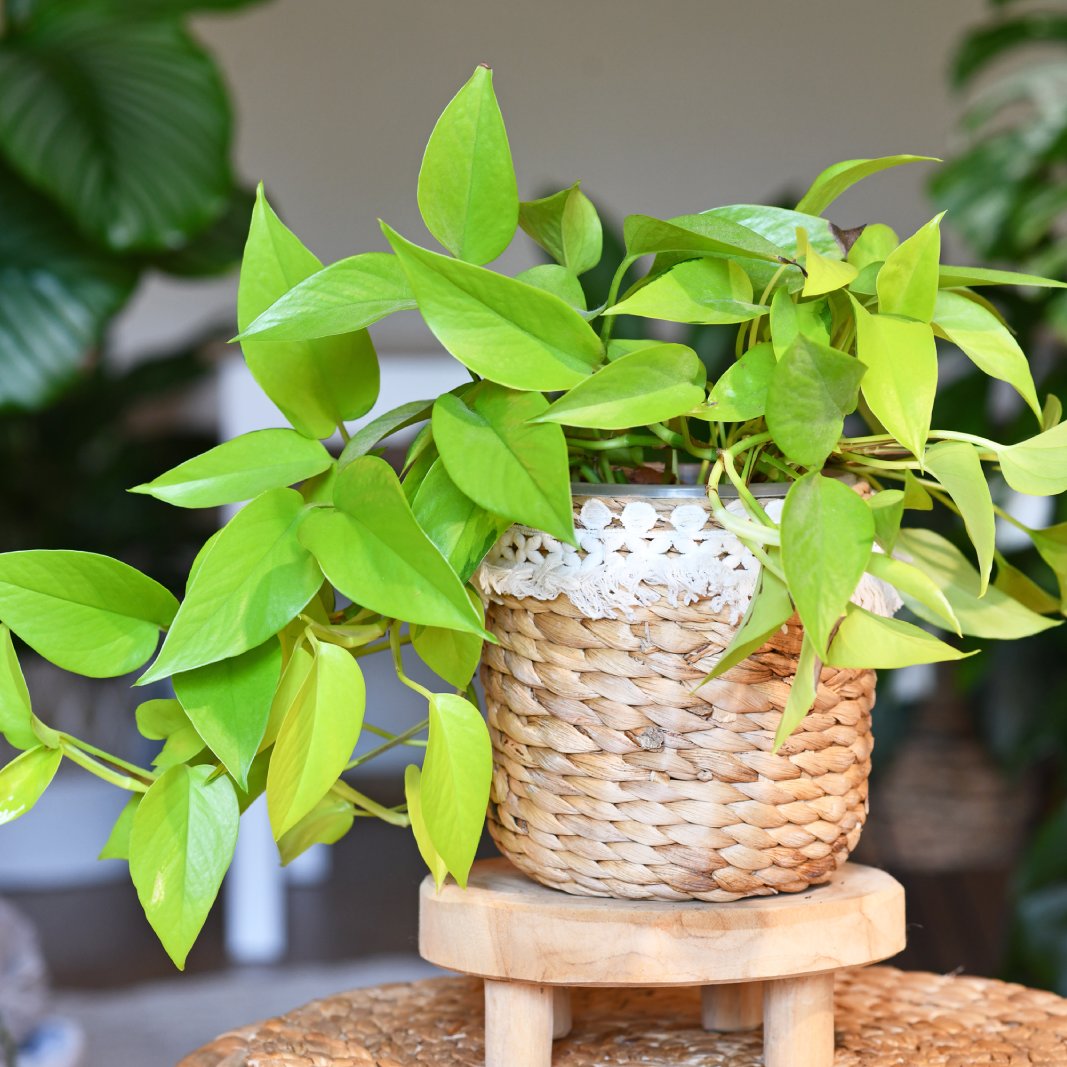 8 Pothos Varieties Every Plant Lover Should Add To Their Collection
8 Pothos Varieties Every Plant Lover Should Add To Their CollectionStep up your houseplant game with these eight pothos varieties hand-curated by us.
By Bonnie L. Grant
-
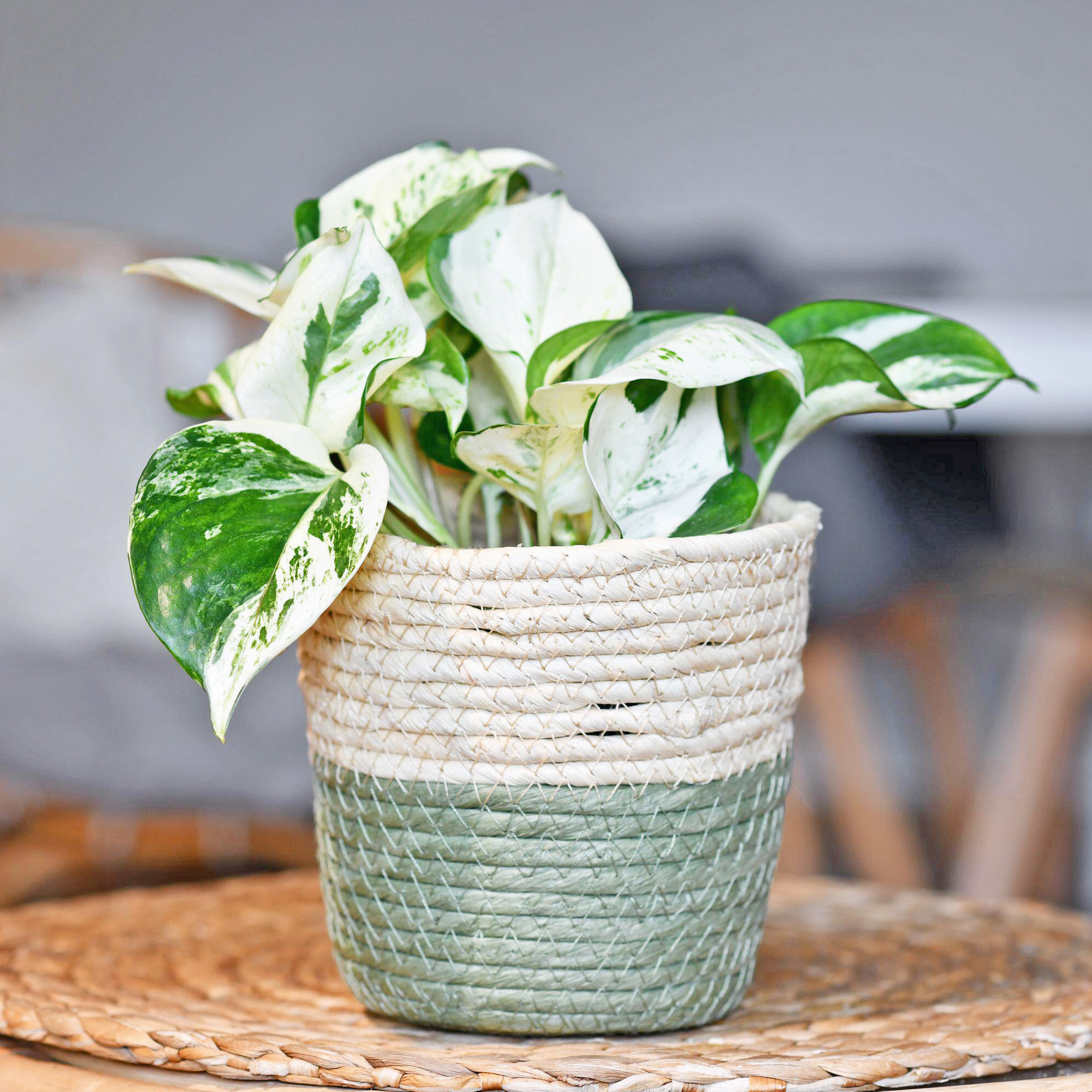 5 Rare Pothos Varieties That Are Simply Stunning – And Super Easy To Care For
5 Rare Pothos Varieties That Are Simply Stunning – And Super Easy To Care ForPothos are well known for being versatile and low-maintenance houseplants, but these gorgeous rare varieties will breathe new life into your indoor garden.
By Melanie Griffiths
-
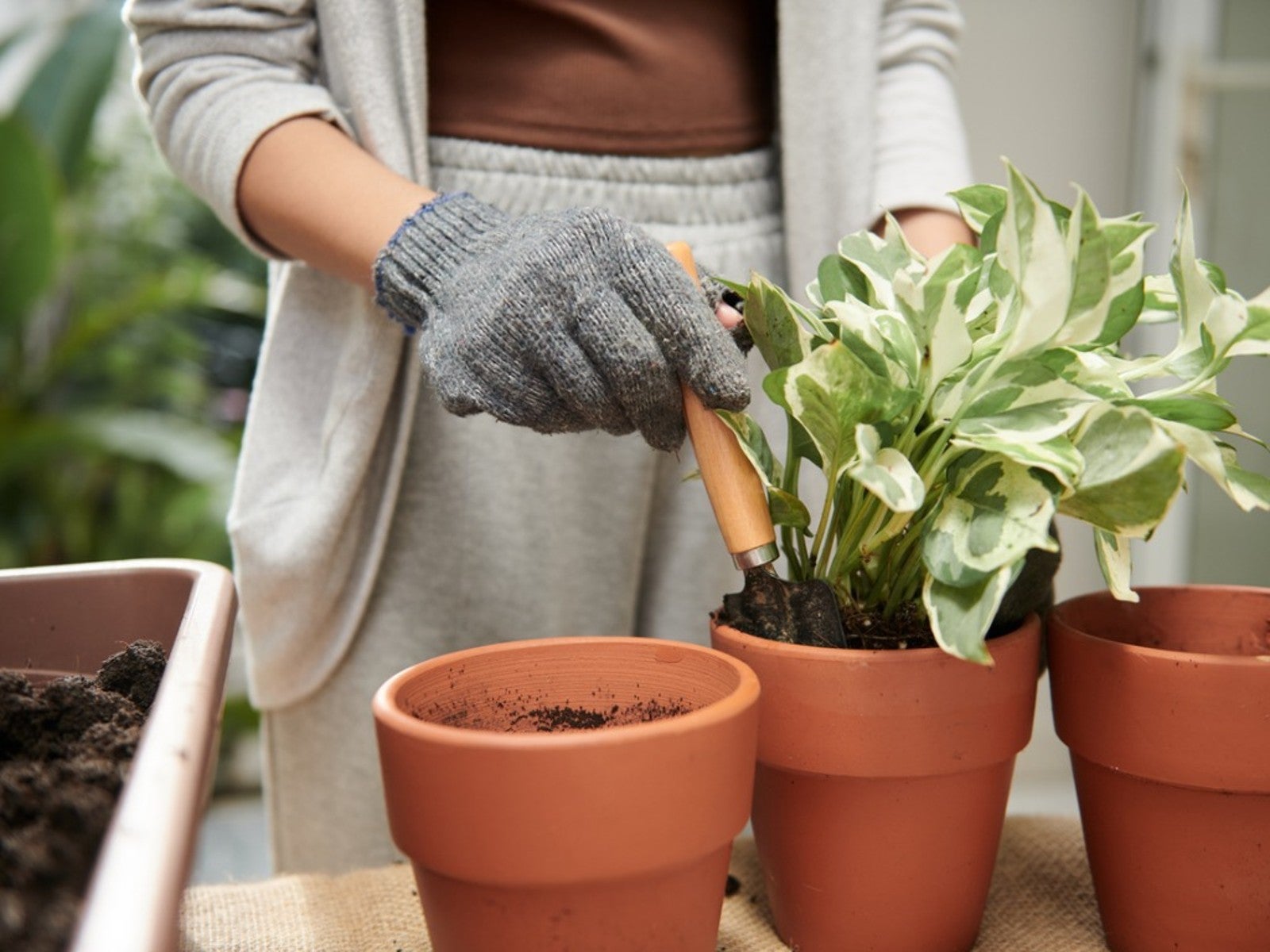 Tips For Repotting Pothos Houseplants
Tips For Repotting Pothos HouseplantsPothos is one of the easiest houseplants to grow. Learn whether and how it should be repotted.
By Teo Spengler
-
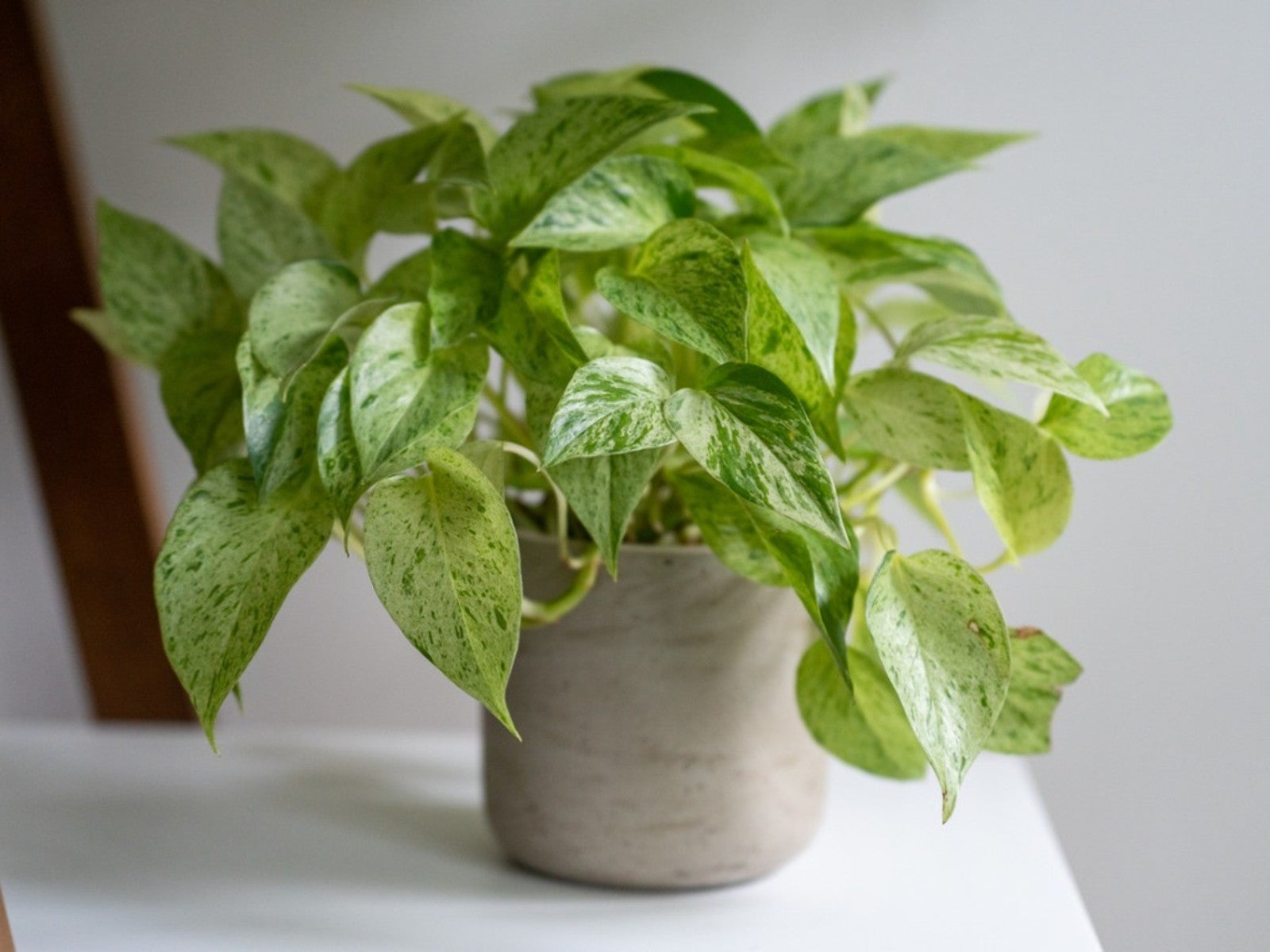 Variegated Pothos To Add To Your Plant Collection
Variegated Pothos To Add To Your Plant CollectionPothos is one of the most common and popular types of houseplants, so it makes sense there are many variegated versions of pothos available as well. Click here to learn more.
By Mary Ellen Ellis
-
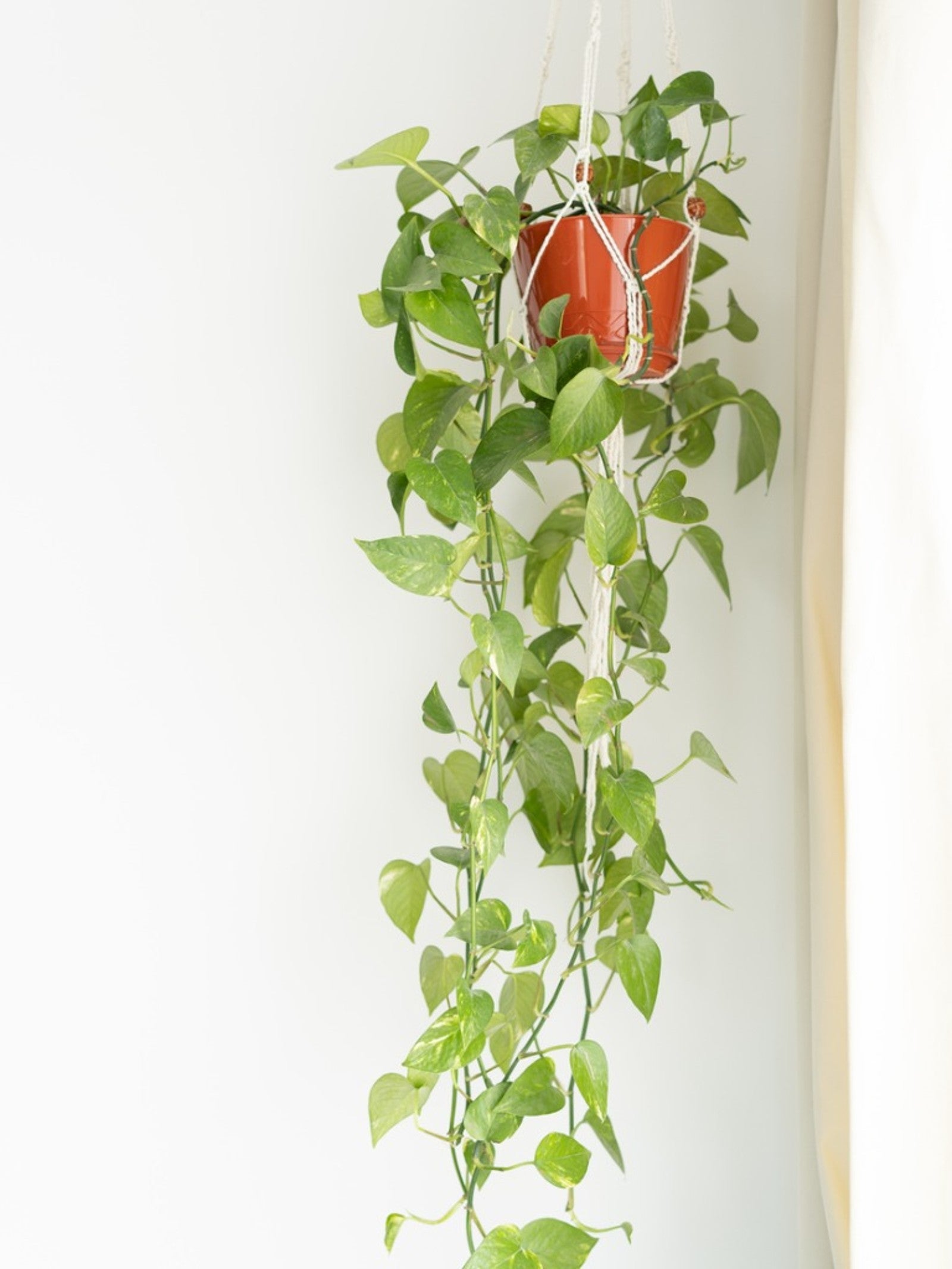 Encouraging New Pothos Vines – How To Make Pothos Fuller
Encouraging New Pothos Vines – How To Make Pothos FullerIf you have a pothos in your collection, you may be interested in ways to make pothos fuller. Click here for info on getting new pothos vines.
By Becca Badgett
-
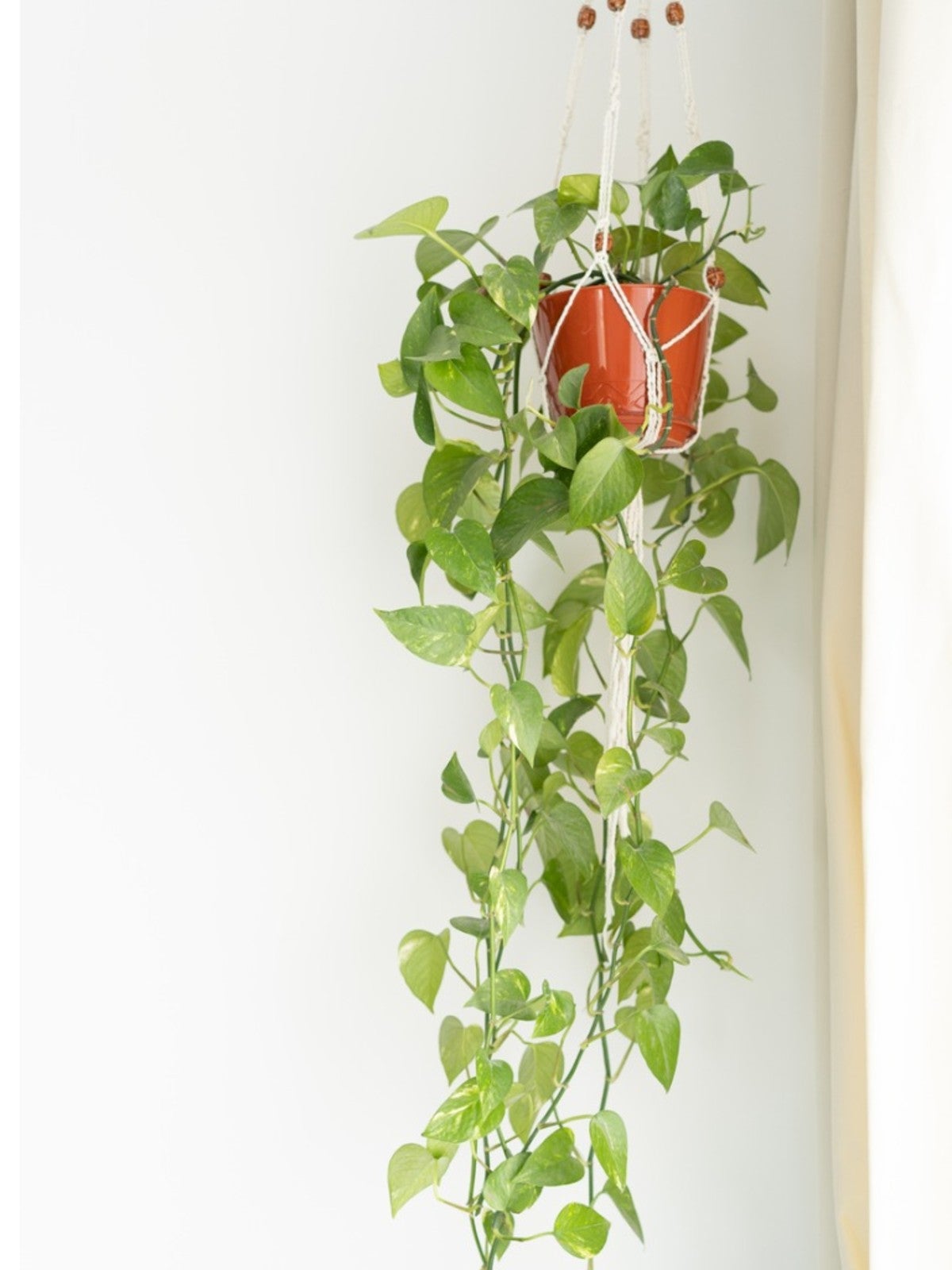 Pothos Fertilizer Needs - Pothos Plant Food Tips
Pothos Fertilizer Needs - Pothos Plant Food TipsDo pothos need fertilizer? If so, how much? Click here for a few tips on pothos fertilizer needs.
By Mary H. Dyer
-
 Is Pothos Pet Friendly - Learn About Pothos Pet Toxicity
Is Pothos Pet Friendly - Learn About Pothos Pet ToxicityEpipremnum aureum is also known as golden pothos, devil’s ivy, and taro vine. No matter its name, pothos and pets don’t mix. Read on for more.
By Susan Albert
-
 Pothos Plant Light Needs – How Much Light For Pothos Plants
Pothos Plant Light Needs – How Much Light For Pothos PlantsUnderstanding proper pothos plant light needs isn’t complicated. Here’s what you need to know about pothos and light.
By Mary H. Dyer